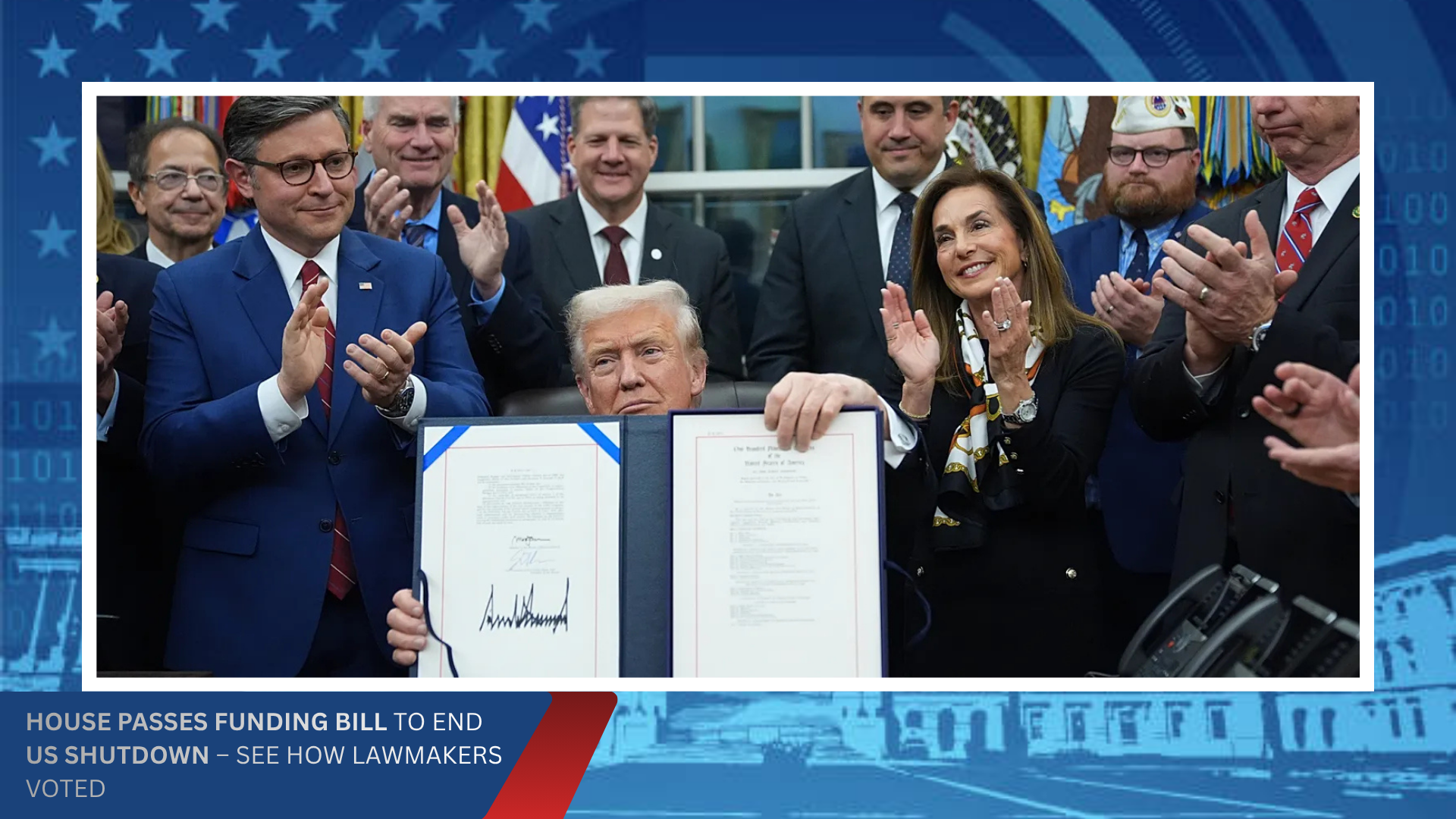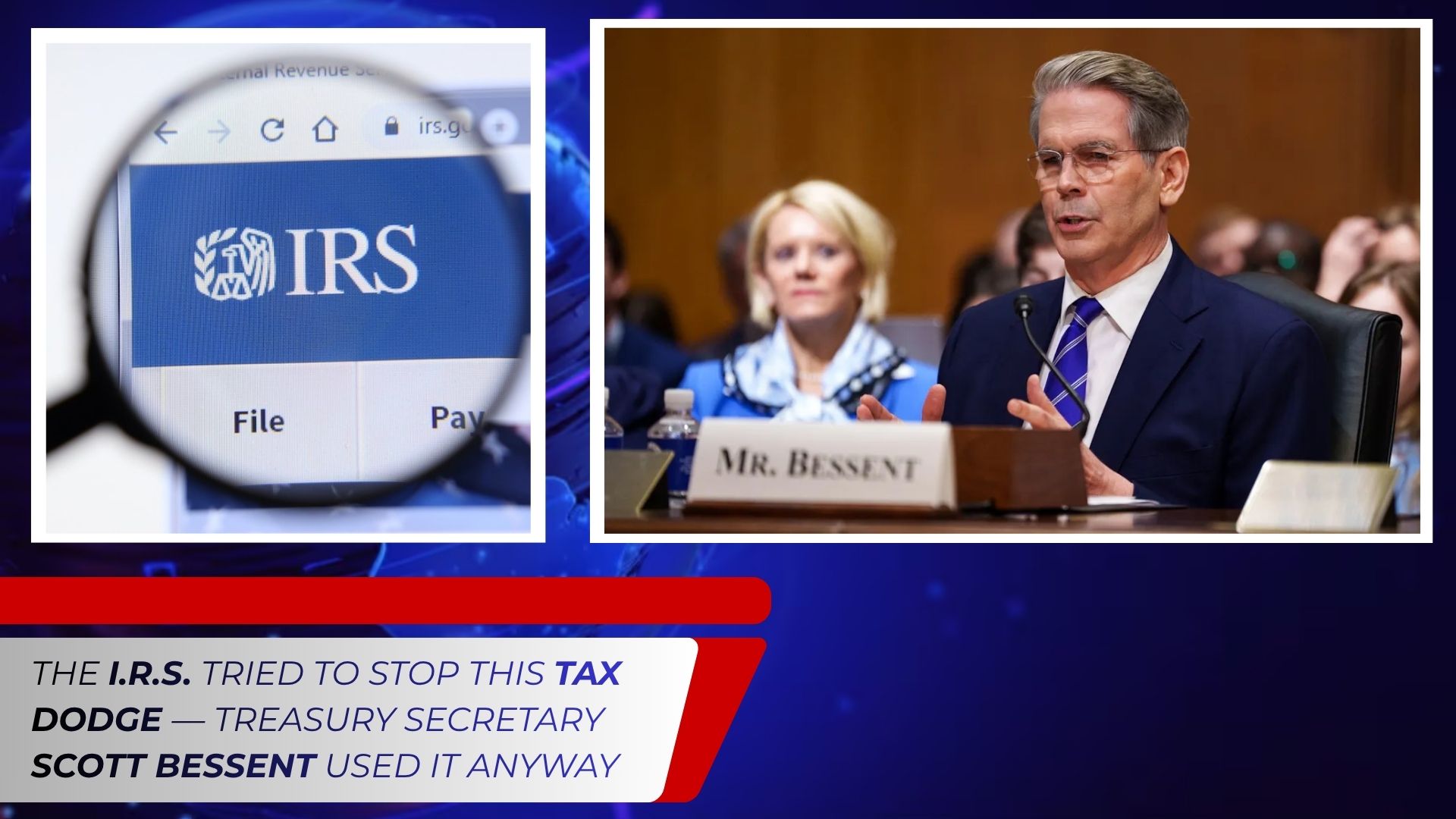In October 2025, President Donald Trump’s administration launched one of the most controversial construction projects in modern White House history. What began as a proposal to build a grand new ballroom has escalated into the full demolition of the East Wing, sparking outrage among historians, architects, and preservationists who warn the move could irreversibly alter one of America’s most iconic landmarks.
From Ballroom Proposal to Full-Scale Tear-Down
The controversy began months earlier when President Trump announced plans for a massive new ballroom within the White House grounds. Initially, the idea was presented as an expansion — a luxurious, 90,000-square-foot addition to accommodate large-scale state dinners and ceremonial events. The project, reportedly budgeted at around $200 million, was described by Trump as a “modern enhancement” that would “honor the heritage of the White House while preparing it for the future.”
At the time, the president and his aides emphasized that the construction would “not interfere with the existing East Wing” and that it would “respect the integrity of the current structure.” However, those assurances quickly unraveled. By mid-October, demolition crews had begun dismantling the East Wing itself — a move that stunned the public and even some within the administration.
For many Americans, the East Wing is more than an architectural extension. Built during the presidency of Franklin D. Roosevelt, it houses the offices of the First Lady and much of the staff who manage the White House’s day-to-day operations. It also serves as the public entrance for official tours, a symbol of openness that connects citizens to their seat of government. Its destruction, therefore, represents not only a structural change but also a symbolic one — the loss of a piece of living history.
Legal Questions and Bypassed Oversight
As news of the demolition spread, questions arose over how such an extensive project could proceed with seemingly minimal oversight. Typically, changes to historically protected federal buildings undergo formal review processes by bodies like the National Capital Planning Commission (NCPC) and the Commission of Fine Arts. These agencies are tasked with ensuring that any new construction maintains the historical and aesthetic character of the nation’s capital.
However, in this case, the administration’s representatives argued that demolition work did not require those approvals. The chair of the NCPC, who also serves as a senior White House staff member, claimed that the commission’s authority extended only to reviewing new above-ground construction — not the tearing down of existing structures. That interpretation effectively cleared the way for demolition without formal hearings or public comment.
Preservationists immediately challenged that view, arguing that the White House, though unique in its status, should still be subject to the spirit of federal preservation laws. They warn that such a precedent could allow future presidents to make sweeping architectural changes to national landmarks without consultation or accountability.
Some legal experts point to the National Historic Preservation Act and the National Capital Planning Act, both of which set guidelines for managing historically significant properties. Yet both laws also contain exemptions for the White House, the Capitol, and the Supreme Court — a gray area that leaves the president with unusually broad discretion over modifications to the Executive Mansion.
Preservationists and Historians Push Back
The backlash was swift and fierce. Organizations such as the National Trust for Historic Preservation urged the administration to halt all demolition until proper reviews could be conducted. Leading architects and historians issued open letters warning that the scale and design of the new ballroom risked overwhelming the White House’s neoclassical symmetry and diminishing its historical integrity.
They argue that the East Wing’s destruction marks the most dramatic physical alteration to the White House in generations — rivaling the complete interior reconstruction undertaken during President Harry Truman’s administration in the late 1940s. But unlike the Truman renovation, which preserved the White House’s outer shell while reinforcing its structure, this demolition removes an entire section of the complex.
Political figures have also weighed in. Former Secretary of State Hillary Clinton criticized the move in a statement that quickly went viral, declaring, “It’s not his house. It’s your house. And he’s destroying it.” The comment became a rallying cry for those opposing the project and underscored broader concerns about transparency, respect for history, and presidential overreach.
Meanwhile, several private citizens and preservation advocates have taken legal action, filing emergency motions in federal court to stop further demolition. They argue that the project violates both preservation laws and public trust. Whether those legal challenges will succeed remains uncertain — but with demolition already underway, many fear the damage may be irreversible.
Political and Public Fallout
Beyond the legal and architectural questions, the East Wing controversy has ignited a broader national debate about presidential power and legacy. Supporters of the project claim that Trump is simply exercising his authority to modernize an aging facility. They argue that the White House, like any working building, must evolve to meet contemporary needs — including the ability to host large diplomatic events, media functions, and public ceremonies.
Critics, however, see something more symbolic in the East Wing’s destruction. They argue that the project reflects a disregard for tradition and a desire to imprint personal taste upon an institution meant to belong to the American people. The lack of transparency and the speed with which demolition began have only fueled suspicions that the project was rushed to avoid scrutiny.
Public opinion appears divided, but early polls suggest that a majority of Americans oppose tearing down the East Wing. Many view it as a part of the nation’s collective memory — a reminder of the administrations, staff, and families who have passed through its halls.
What Comes Next
As construction continues, a number of questions remain unresolved. Will courts or Congress attempt to intervene? Could oversight agencies revisit their interpretation of the laws governing historic federal properties? And perhaps most importantly, what will the new addition ultimately look like — a tasteful expansion that complements the White House’s storied past, or a sprawling monument to presidential ego?
Whatever the outcome, the East Wing demolition has already cemented itself as one of the most controversial moments in the long architectural history of the White House. The debate touches not only on bricks and marble but on the deeper question of how a democracy preserves its symbols — and who, ultimately, gets to decide what those symbols mean.
%20(4).png)



.png)




